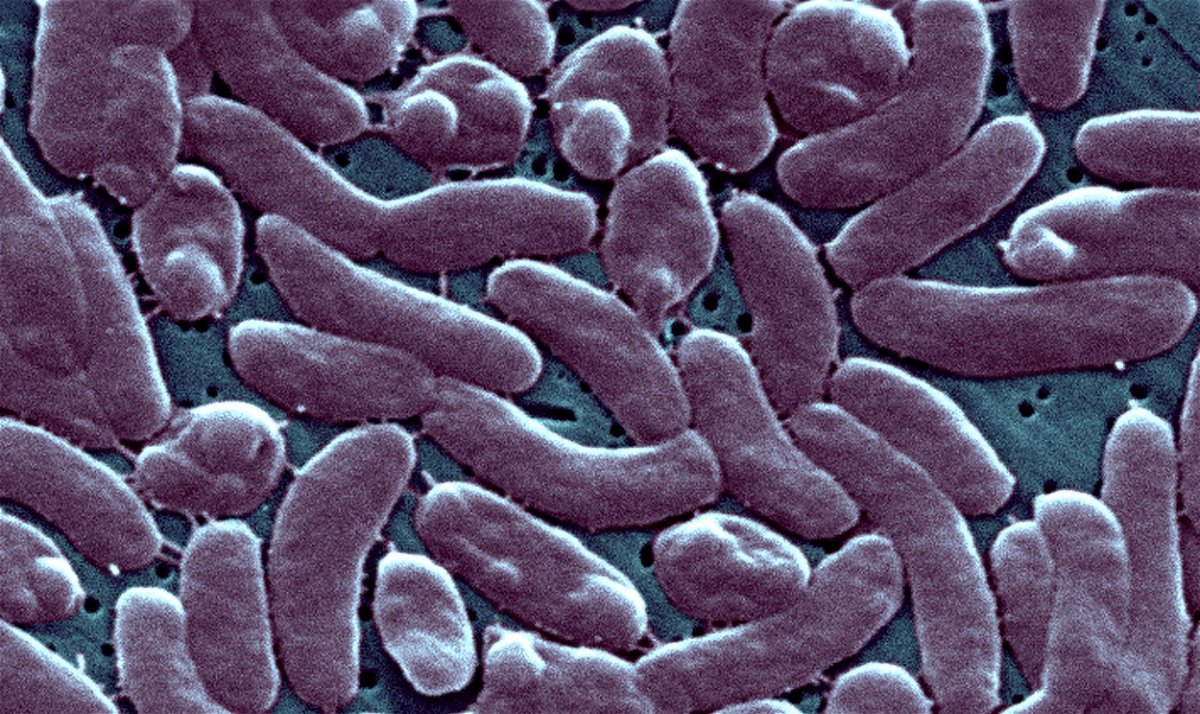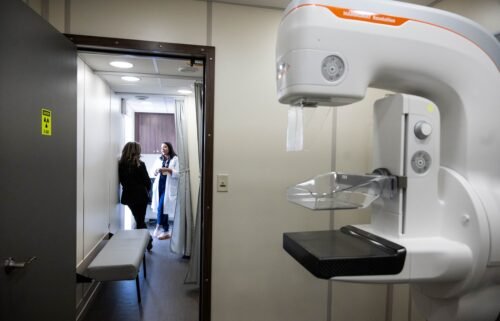CDC warns doctors to be on alert for cases of flesh-eating bacteria Vibrio vulnificus

The bacteria naturally live in coastal waters and proliferate in the warmer months when ocean temperatures are at their highest.
By Jen Christensen, CNN
(CNN) — The US Centers for Disease Control and Prevention issued a national health alert Friday to warn clinicians to be on the lookout for infections with the flesh-eating bacteria Vibrio vulnificus.
During July and August, as the US saw widespread heatwaves and above-average coastal sea surface temperatures, Connecticut, New York and North Carolina reported more severe and fatal V. vulnificus infections. At least five people have died in those states.
The bacteria naturally live in coastal waters and proliferate in the warmer months when ocean temperatures are at their highest.
While most people have become sick after eating raw or undercooked seafood, people can also get infected after swimming in the ocean with an open wound, such as a recent piercing or tattoo or even a minor cut or scrape.
People can also be exposed to the bacteria when hurricanes, floods and storm surges force coastal waters inland. For example, in the days after Hurricane Ian last year, Florida health officials reported 38 cases and 11 vibriosis-related deaths attributed to the storm.
The bacteria like warmer temperatures and in the past, the bulk of US infections were reported by people who lived in Gulf Coast states. But as the climate crisis warms the oceans and brings more heat waves, doctors have treated an increasing number of cases in states along the East Coast.
The US typically sees about 80,000 illnesses connected to Vibrio bacteria every year, the CDC estimates. Not all species are considered “flesh-eating,” and about a dozen species make humans sick. People who develop an infection often have diarrhea, stomach cramps, nausea, vomiting, fever and chills.
Vibrio vulnificus is one of the bacteria that can cause what’s commonly known as a flesh-eating infection. Of the 150 to 200 Vibrio vulnificus cases reported to the CDC every year, about 1 in 5 die from the infection, sometimes within one or two days of getting sick.
Necrotizing fasciitis eats away at the skin, muscles, nerves, fat and blood vessels around an infected wound.
In more severe cases, people can develop septicemia. This is more common for those with underlying health conditions, particularly liver disease, cancer, diabetes, HIV or other diseases that suppress the immune system.
Septicemia is when the bacteria enters the bloodstream and spreads. It can cause fever, chills, low blood pressure or skin blisters.
This may lead to septic shock, when blood pressure takes a dangerous drop. The bacteria releases toxins into the bloodstream that could cause extremely slow blood flow, damaging tissue and organs.
It can also cause sepsis, in which the body mounts a strong immune response that shuts down important organs like the heart or the kidneys. Or it can lead to acute respiratory distress syndrome, or ARDS, a condition in which oxygen from the lungs doesn’t reach the blood. This can cause brain damage and permanent lung damage.
If the infection moves into the bloodstream, the consequences can be fatal.
Typically, the fatality rate is about 25% with wound infections, studies show. It’s much higher for people who are exposed to the bacteria by eating contaminated food.
With skin infections, doctors will take samples from the infected area to determine if vibrio vulnificus is what’s causing the problem. Doctor will drain any abscesses and treat the infected site. If there’s necrotizing fasciitis, a person may need surgery or surgeons may even have to amputate the affected limb to keep the infection from spreading.
The CDC says people who suspect they have an infection should get treatment quickly since they will have a better chance of surviving the infection. This bacteria has developed some antimicrobial resistance, and about 50% of infections don’t respond to antibiotics anymore.
The only real way to avoid a Vibrio infection is to avoid exposure to the bacteria. Make sure seafood is well-cooked, avoid raw or undercooked oysters or other shellfish and wash hands after handling it raw.
The CDC suggests people with skin wounds should stay out of the ocean and avoid brackish water, or at least cover the wound with waterproof bandages.
If exposed to salt or brackish water, the CDC highly recommends people wash hands and any cuts thoroughly with soap and water afterward. For people cleaning up after flooding or a hurricane, the CDC suggests wearing shoes and clothes that will protect against cuts.
The-CNN-Wire
™ & © 2023 Cable News Network, Inc., a Warner Bros. Discovery Company. All rights reserved.



